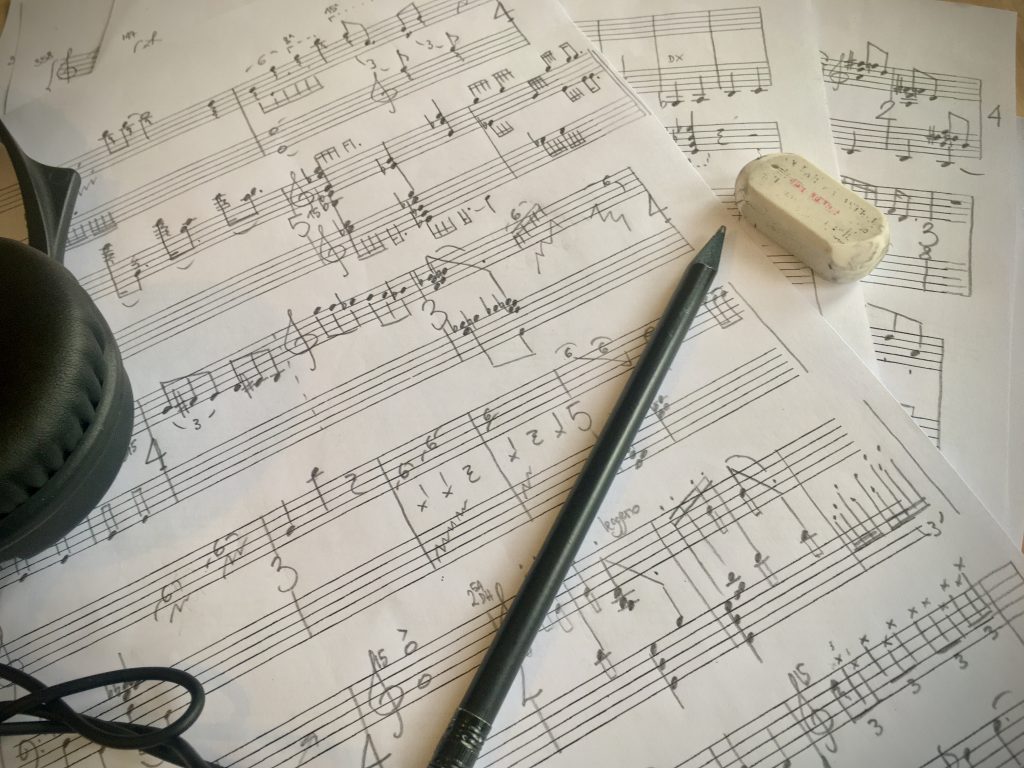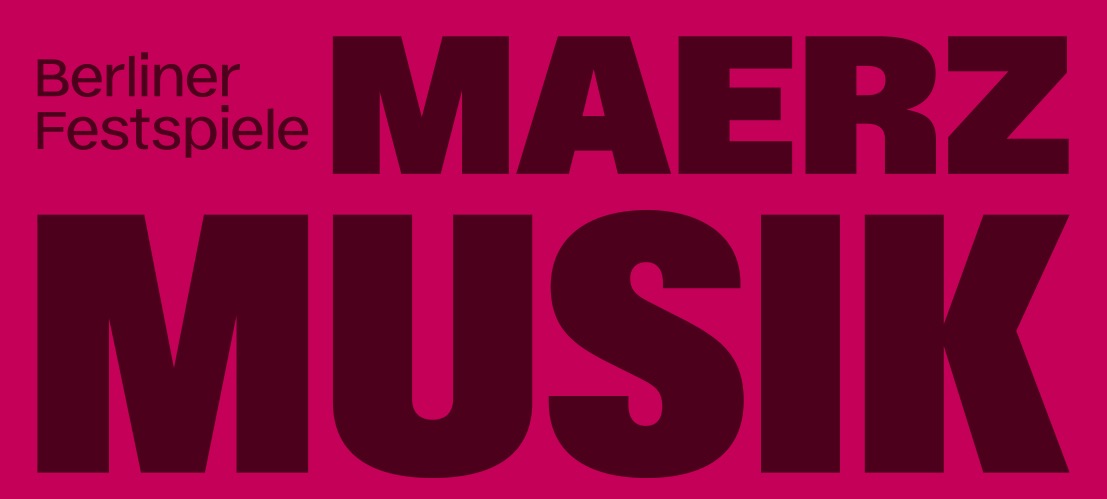Dlugoszewski in Berlin – MaerzMusik24 part 1
Behind (or before) the scenes
This year’s MaerzMusik Festival in Berlin involved me both as a performer and as a researcher. I came home full of impressions, new knowledge and human encounters, a wealth of inputs that I am slowly metabolizing.
This was the second year of a collaborative project, “Contemplations into the Radical Others”, dedicated to composer Lucia Dlugoszewski and strongly desired by Maerz Musik artistic director Kamila Metwaly.
While the previous year I had the chance to present my previous work in performance – my research on Dlugoszewski begins in 2017 – this year I had the opportunity to go further.
In October 23 my research trip in Washington DC, USA, at the Library of Congress, had been illuminating in several aspects.
The Dlugoszewski/Hawkins archive is huge and I gave priority to searching for materials related to two pieces, Exacerbated Subtlety Concert and Cantilever.
At the time of my recording (Subtle Matters, Neuma Records, 2021) I spent a long time in transcribing Exacerbated Subtlety Concert from a recording by Dlugoszewski. No score was available, infact. This was my first encounter with the timbre-piano Dlugoszewski invented in the Fifties. Since then, and the last time after checking the Library of Congress documentation, I reworked the transcription 4 times, trying to get closer to the original idea and way of performance.
This unusual path to discover the piece and the instrument, first through the sound, then through notation, has been an incomparable way to access the composer’s creative process. And fruitful, also: besides the performances and recording, it started a wonderful collaboration with scholar Kate Doyle, PhD, a musicologist who’s also a creator in her own field. I will speak about this in the second part.

Cantilever (1963) is a piano solo piece expanded in an ensemble version in 1968. It was written for a choreography by Erick Hawkins, and performed many times both in the piano solo version or in ensemble. I expected to find plenty of material at the Library of Congress. The fact is that Dlugoszewski, when it is the case of timbre-piano or piano parts, didn’t spend time in writing a regular score. She was the performer, and the music was stored in her head and hands.
So I transcribed the piece listening to three different recordings, two of them from early on and one of a performance from 1999. This, too, was an interesting work that put on the table a lot of questions and made me clearer about her compositional process and the very practical issues related in connecting with dance.
The coreographer and dancer Erick Hawkins was a strong advocate of live music on stage; while collaborating closely with Dlugoszewski, he also commissioned from early on a number of works to other composers. Among them, Cowell and Hovhaness.
I chose some solo piano pieces by Henry Cowell and Alan Hovhaness that seemed to me related to Dlugoszeski’s ones, to movement and dance.
Eleanor Hovda‘s solo piano piece was a beautiful discover, very connected with the rest of the programme. Using extended techniques, she creates her unique world of lightness and amazement, with sounds produced by friction mallets, breath, voice sound, and a bottle. Researching about her, I found out that Hovda and Dlugoszewski met and write eachother regularly. The younger Hovda writes in a letter to Lucia “how often I give thank to you for your influence on my life and art.”
So, the music program seemed ready. Now it should meet with movement. Because, yes, this was an other exciting opportunity to explore at MaerzMusik: the connection between Dlugoszewski’s music to the other art always present in her life, dance.
Next:
Dlugoszewski in Berlin – MaerzMusik24 part II, Performance: Music and Dance
Dlugoszewski inBerlin – MaerzMusik24 – part III, Research and people


Transcribing Here and Now With Watchers by Lucia Dlugoszewski – Agnese Toniutti – Pianist
24 Marzo 2025 @ 16:41
[…] the dance and Dlugoszewski the music, cross-checking the sound and movement with the dance score. As I learned in Cantilever music, counting is mandatory in case of Dlugoszewski/Hawkins compositions! Constant […]